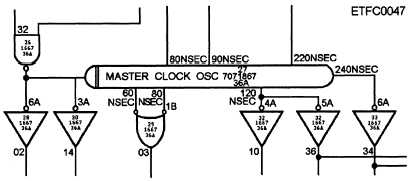Figure 4-39.—Example of a delay line oscillator.
rectangular waveforms are normally used to turn such
circuits on and off because the sharp leading and
trailing edges make them ideal for timing purposes.
The components used to accomplish this depend on the
complexity of the computer. The components you will
most frequently encounter in timing circuits are
oscillators and multivibrators.
Oscillators
Oscillators are used in computer timing circuits for
their output and frequency stability characteristics.
The more important quality of the two for use in
computers is their frequency stability. The speed of a
clock is determined by the oscillator using a
resistance-capacitance (RC) or inductance-capacitance
(LC) network and/or crystal combination. An oscillator
can use bipolar or MOS technology. Crystal-controlled
oscillators are used in computers because they are stable
even at extremely high frequencies. Master clocks in
computers often use an oscillator with a delay line to
deliver the basic clock phase and any additional clock
phases. See figure 4-39.
Multivibrators
Three types of multivibrators are used in timing
circuits. They are astable (free running), bistable
(flip-flop), and monostable (one-shot) multivibrators.
We have already discussed bistable flip-flops and their
uses in a computer. How they are used will depend on
the technology of the computer. Generally speaking,
when used for timing circuits, we can say:
Astable (free running) multivibrators provide
the voltage pulse to trigger a one-shot
multivibrator.
Monostable (one-shot) multivibrators shape the
pulse to be used to enable and disable circuits,
logic gates, and special registers. They can be
used in single- or multiple-phase systems.
Bistable (flip-flops) multivibrators are used as a
special register to count clock pulses from a
one-shot multivibrator or an oscillator.
TIMING CIRCUIT FUNCTIONS
The uses of astable and monostable multivibrators
depend on the complexity of the computer. The
multivibrator can be used to provide the pulse and/or
pulse shaper. Let’s discuss their two types of uses.
They are single-phase clock systems and
multiple-phase clock systems.
SINGLE-PHASE CLOCK SYSTEMS. —A
single-phase clock system consists of a free running
multivibrator and a single-shot multivibrator. A free
running multivibrator provides the pulse and the
single-shot multivibrator shapes the pulse. An
oscillator could also be used to provide the trigger pulse
for a single-shot multivibrator. The pulse is the output
of the pulse shaper, which is then used to enable and
disable circuits in whatever sequence is necessary to
properly execute the computer program. Refer to figure
4-40 for a simple diagram (block and timing) of a
single-phase clock system.
MULTIPLE-PHASE CLOCK SYSTEMS. —A
multiple-phase clock system on the other hand
provides multiple pulses that can be used to
alternately enable and disable circuits. This permits
functions involving more than one operation to be
completed during a given clock cycle, or a given
operation to be extended over more than one clock
cycle. A multiple phase clock system can consist
of an oscillator or free running flip-flop, and single-
shot multivibrator combination, or a delay line
oscillator and flip-flop combination. Remember a
crystal-controlled oscillator will provide better
Figure 4-40.—Example of a single-phase clock system.
4-23





